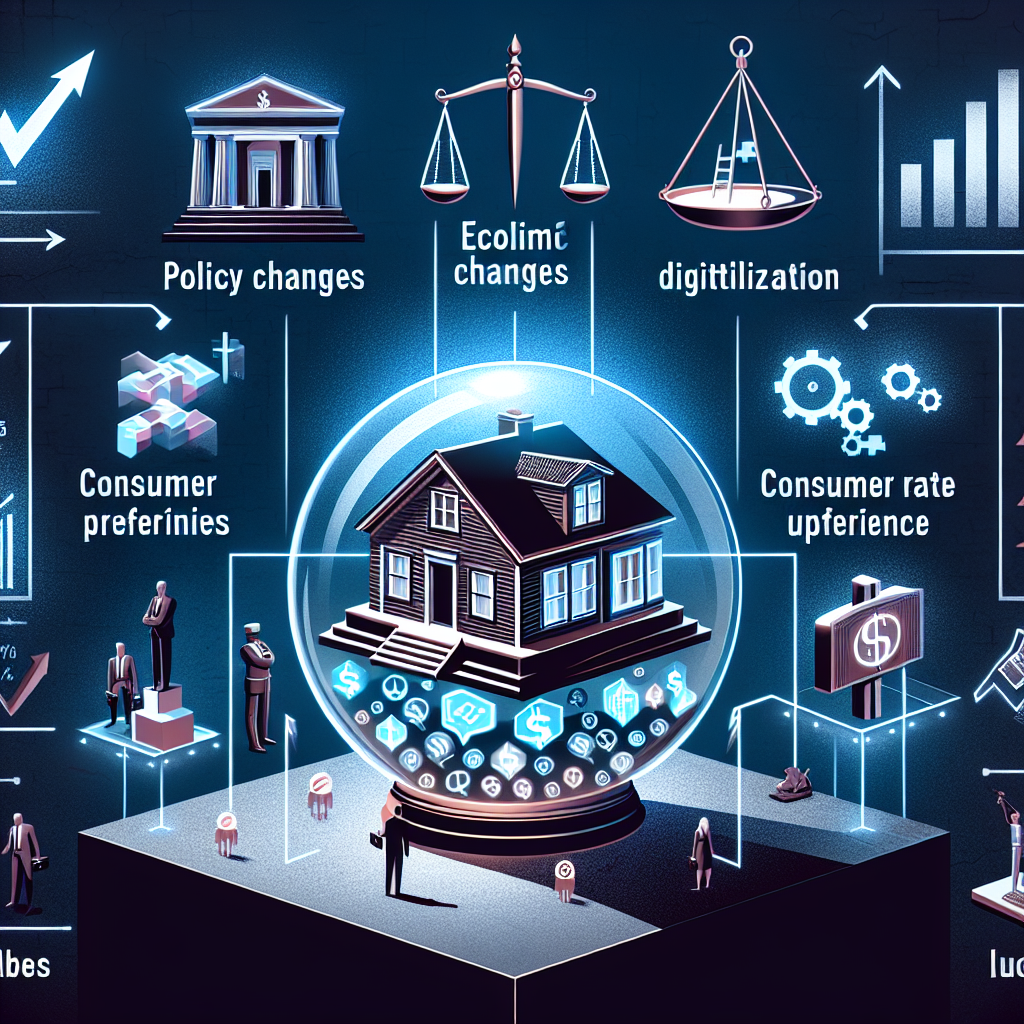 Even when producers recognize and admit that the marketplace has shifted, aligning their sales techniques to match what is required to succeed in the new environment is another story.
Even when producers recognize and admit that the marketplace has shifted, aligning their sales techniques to match what is required to succeed in the new environment is another story.
The boom-and-bust cycles that characterize mortgage banking mean interest rate fluctuations are inevitable. While everyone knows that declining interest rates won’t last forever, many originators still have trouble adjusting their selling strategies accordingly.
While managers discuss the issue with their sales teams ad infinitum and originators readily acknowledge they need to change their sales tactics, why do so many sales professionals drop the ball?
This saga plays out in mortgage banking organizations daily. Managers will say, “I know they are capable of doing it, but they refuse to take action. Are they lazy or is there something else going on?”
Getting Comfortable with Discomfort
Let’s take a closer look at why experienced sales professionals fail to make the changes necessary to succeed. In a more difficult mortgage origination environment, originators are asked to have a series of conversations with borrowers and ask them hard questions. For some originators, this sequence triggers discomfort that can derail their progress and prevent them from moving forward.
In Jeff Shore’s excellent book, “Be Bold and Win the Sale,” he notes that “the sales process can be seen as a series of uncomfortable moments. Every single salesperson will face these moments as a routine part of his or her job. They are inevitable. Top performers find success not because they don’t feel discomfort, but because they plan for it and are equipped to beat it.”
Shore observes that individuals who experience sales discomfort must first be aware of how they respond to the threat before they can choose a better, more productive response. Originators who fail to adjust their selling techniques are responding to the threat of sales discomfort by fleeing.
According to Shore, there are 10 common scenarios that trigger sales discomfort:
- Prospecting
- Telephobia
- Dealing with mean or rude people
- Objections
- Asking probing questions
- Price defense
- Closing
- Follow up
- Dealing with people from other cultures
- Dealing with people from varying socioeconomic backgrounds
While every salesperson is up against the same challenges, top originators deal with their discomfort differently. As Shore says, “top performers have [adopted a mindset] that encourages them to embrace these discomforts as motivation. Eventually, the activity that once created disabling discomfort is performed without a second thought.”
Originators who choose to avoid discomfort versus facing it head-on can lessen their discomfort by developing a plan that enables them to cultivate the habits necessary to confront their fears.
No one-day training class will correct this issue. Instead, producers must identify the source of discomfort and implement a plan to address their fears. Only then can producers change the narrative and write the next chapter in their success.
Pat Sherlock is the founder of QFS Sales Solutions, an organization that helps organizations improve their sales talent management and performance. For more information, visit https://patsherlock.com.







